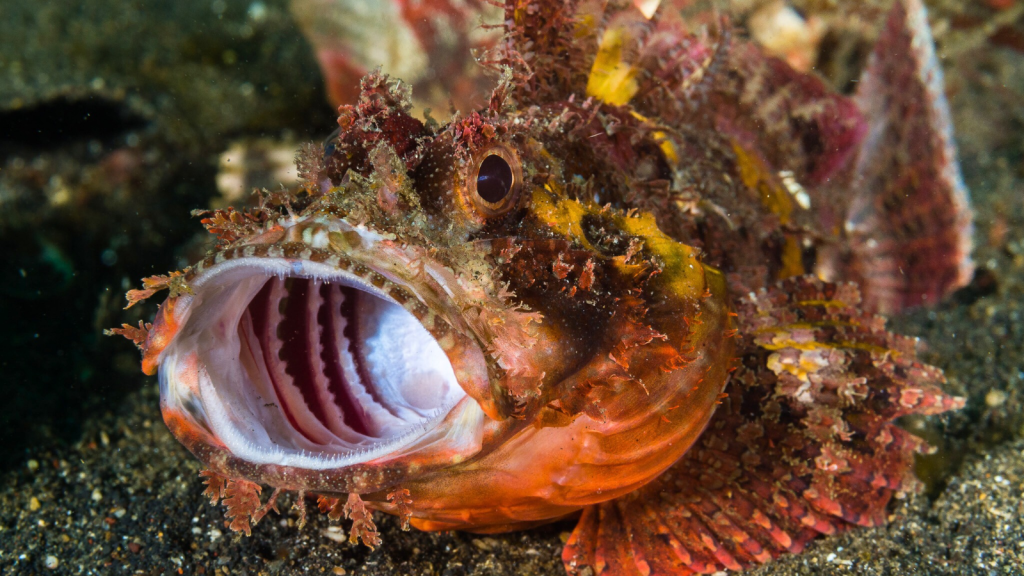The ocean is full of wonders, but not all of them are safe to touch. From tiny creatures to large predators, some marine animals pack a powerful punch when it comes to self-defence. Whether you’re a beach-goer, snorkeller, or seaside explorer, it’s crucial to know which animals to admire from afar. This list will introduce you to 15 marine animals that can cause serious harm if handled. Remember, the best way to enjoy these fascinating creatures is to observe them respectfully in their natural habitat.
Blue-Ringed Octopus
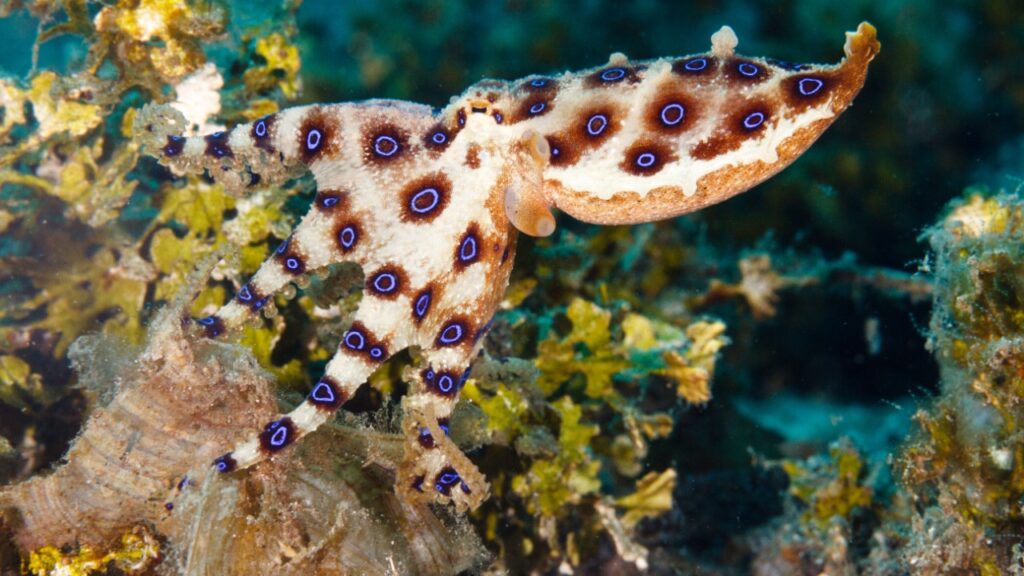
This small, beautiful octopus is one of the most venomous creatures in the sea. Its bright blue rings are a warning sign, flashing when the octopus feels threatened. A single bite can cause paralysis and respiratory failure in humans, with no known antidote. These octopuses are found in tide pools and coral reefs around Australia and the Pacific. Despite their danger, blue-ringed octopuses are typically docile and only bite when provoked or handled.
Box Jellyfish

Often called the most venomous marine animal, the box jellyfish’s sting can be fatal to humans. Its tentacles are covered in tiny, venom-filled darts that fire on contact. Found in the warm waters of the Indo-Pacific, these jellyfish are nearly invisible in the water, making them even more dangerous. Box jellyfish have complex eyes and can actively hunt their prey, unlike most other jellyfish species.
Stonefish
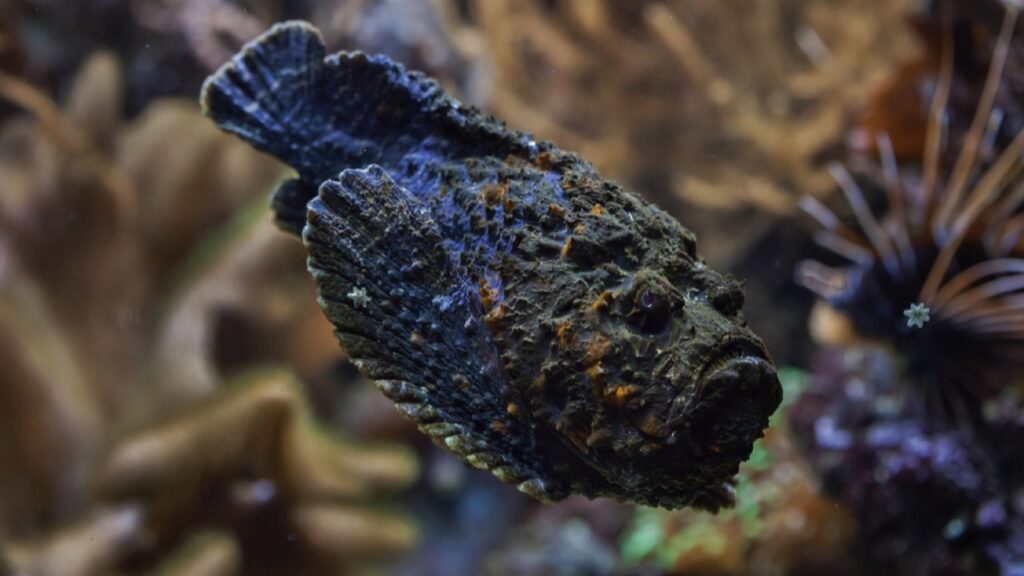
The stonefish is a master of camouflage, blending perfectly with rocky sea floors. Its dorsal fin spines contain a potent venom that causes extreme pain, swelling, and potentially death if left untreated. Stonefish are found in the coastal regions of the Indo-Pacific, often in shallow waters where unsuspecting swimmers might step on them. They can survive out of water for up to 24 hours, making them a hazard on exposed reefs during low tide.
Lionfish
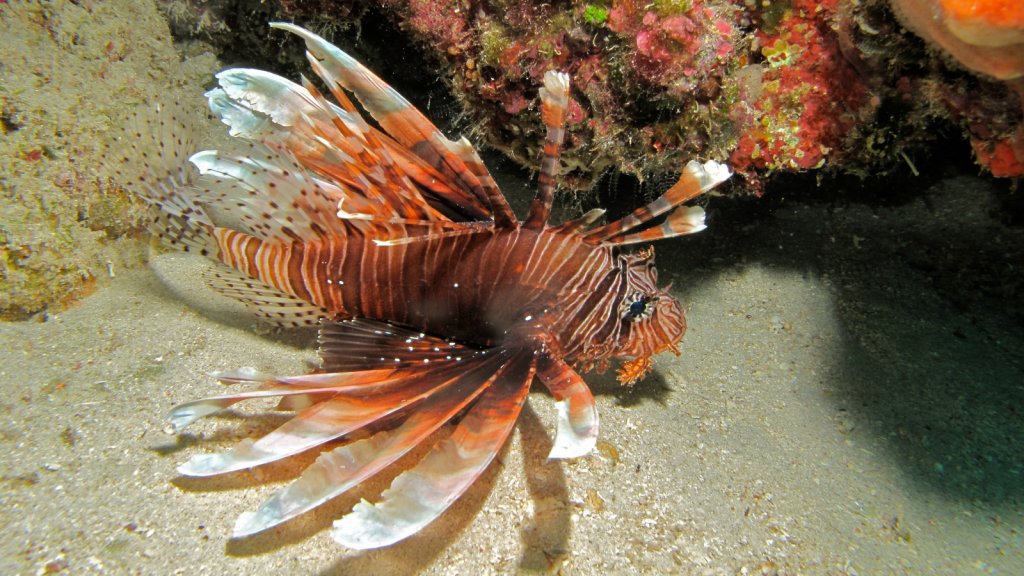
With its striking red and white stripes and fan-like fins, the lionfish is a beautiful but dangerous creature. Its venomous spines can cause intense pain, swelling, and in rare cases, paralysis or death. Native to the Indo-Pacific, lionfish have become an invasive species in the Atlantic, causing problems for local ecosystems. Their venom remains potent even after the fish has died, so caution is needed when handling them.
Cone Snail
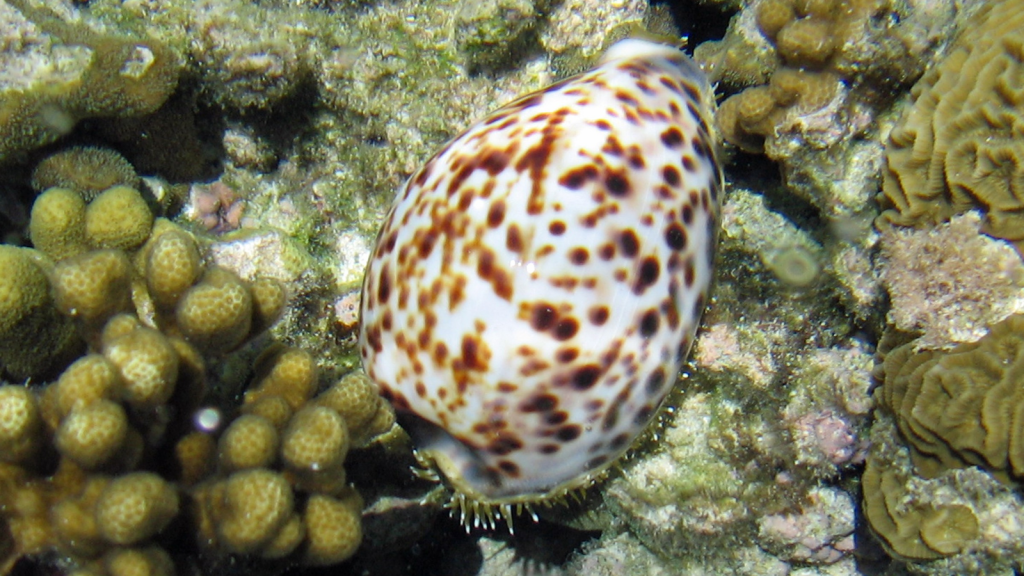
Don’t be fooled by its small size and pretty shell. The cone snail packs a powerful neurotoxin in its harpoon-like tooth. A single sting can cause pain, swelling, numbness, and in severe cases, paralysis or death. These snails are found in tropical waters, often in coral reefs or rocky areas. Some species of cone snail, like the geography cone, have venom potent enough to kill an adult human.
Portuguese Man-of-War
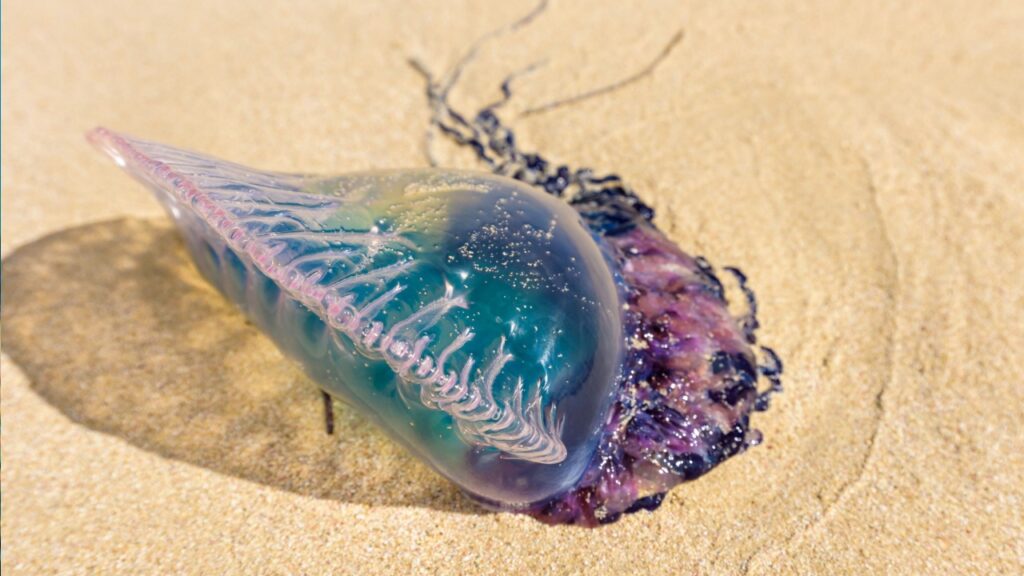
Often mistaken for a jellyfish, the Portuguese Man-of-War is actually a colony of organisms working together. Its long tentacles can stretch up to 30 metres and are covered in venom-filled nematocysts. Stings cause welts, extreme pain, and can be fatal in rare cases. These creatures float on the surface of warm ocean waters worldwide. Even detached tentacles washed up on shore can sting, so beachgoers should be cautious.
Sea Snake
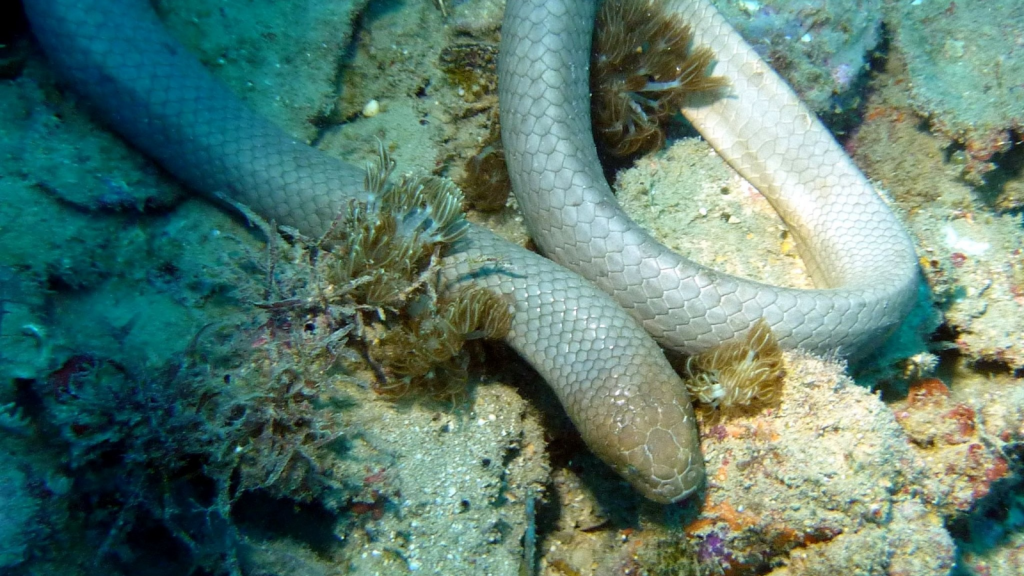
Sea snakes are among the most venomous snakes in the world, with some species having venom more potent than land snakes. They’re found in warm, tropical waters of the Indian and Pacific Oceans. While generally docile, sea snakes can deliver a dangerous bite if threatened or handled. Their venom is highly toxic and can cause paralysis, muscle damage, and potentially death if left untreated.
Stingray
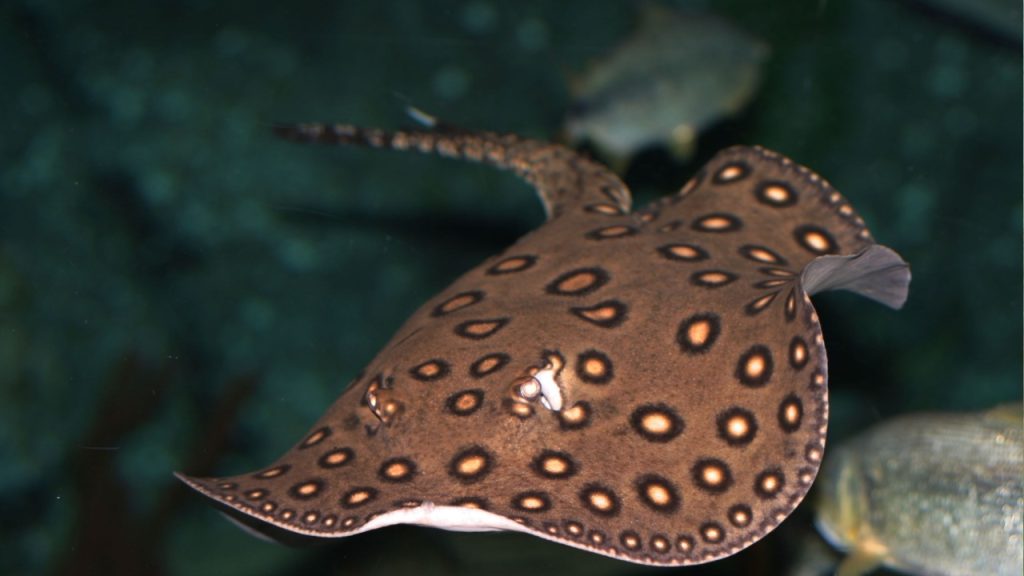
While not typically aggressive, stingrays can deliver a painful sting with their barbed tail if stepped on or handled roughly. The venom causes intense pain and can lead to muscle cramps, bleeding, and nausea. Stingrays are found in coastal tropical and subtropical waters worldwide, often partially buried in the sand. To avoid stings, shuffling your feet while walking in shallow water can alert stingrays to your presence, prompting them to swim away.
Fire Coral

Despite its name, fire coral is not actually a coral but a marine organism related to jellyfish. It has a hard, coral-like exterior with hidden tentacles that can deliver a painful sting. Contact causes a burning sensation, rash, and sometimes blisters. Fire coral is common in tropical waters, particularly around coral reefs. The effects of a fire coral sting can last for weeks and may cause skin discoloration.
Sea Urchin
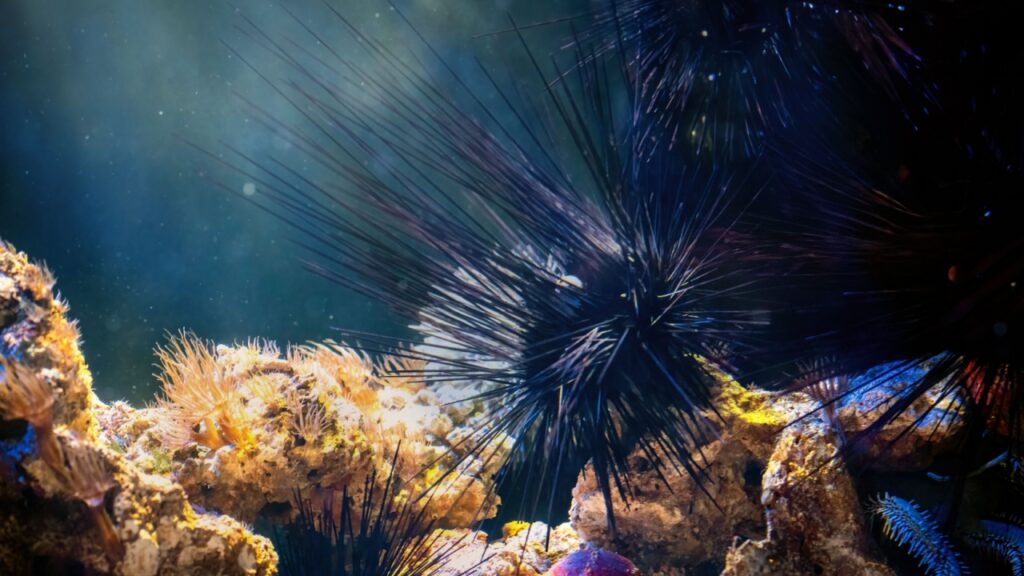
These spiny creatures can cause painful injuries if stepped on or handled carelessly. Some species have venom-filled spines that can cause swelling, pain, and in rare cases, more serious complications. Sea urchins are found in oceans worldwide, often in rocky areas or coral reefs. Their spines can break off in the skin, making removal difficult and increasing the risk of infection.
Scorpionfish
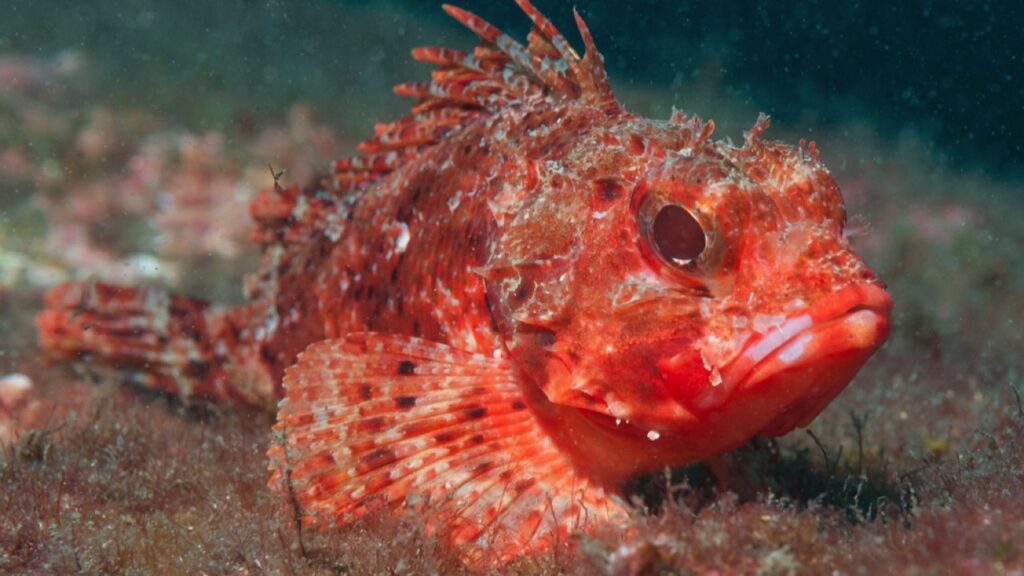
Related to the stonefish, scorpionfish are masters of camouflage with venomous spines along their back. A sting causes intense pain, swelling, and can lead to more serious symptoms if left untreated. These fish are found in the Indo-Pacific, often hiding among rocks or coral. Scorpionfish can change their colour to match their surroundings, making them difficult to spot.
Flower Urchin

The flower urchin, found in the Indo-Pacific, is considered one of the most venomous sea urchins. Unlike other urchins, it has venomous pedicellariae (small pincer-like appendages) in addition to its spines. Contact with these can cause severe pain, swelling, difficulty breathing, and paralysis. In rare cases, stings from flower urchins have been fatal to humans.
Weever Fish
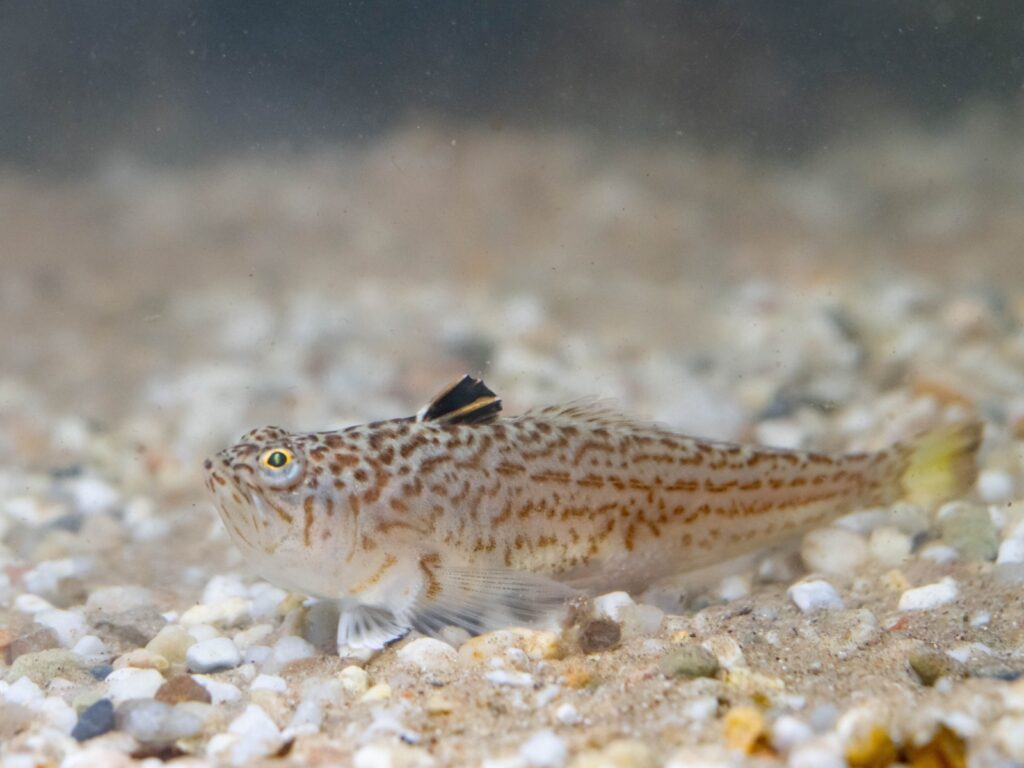
These small fish bury themselves in sand, with only their venomous dorsal fin exposed. Stepping on a weever fish can cause intense pain, swelling, and sometimes more severe reactions. They’re common in the eastern Atlantic Ocean and Mediterranean Sea, often in shallow waters. The pain from a weever fish sting typically peaks at about 30 minutes and can last for several hours.
Pufferfish
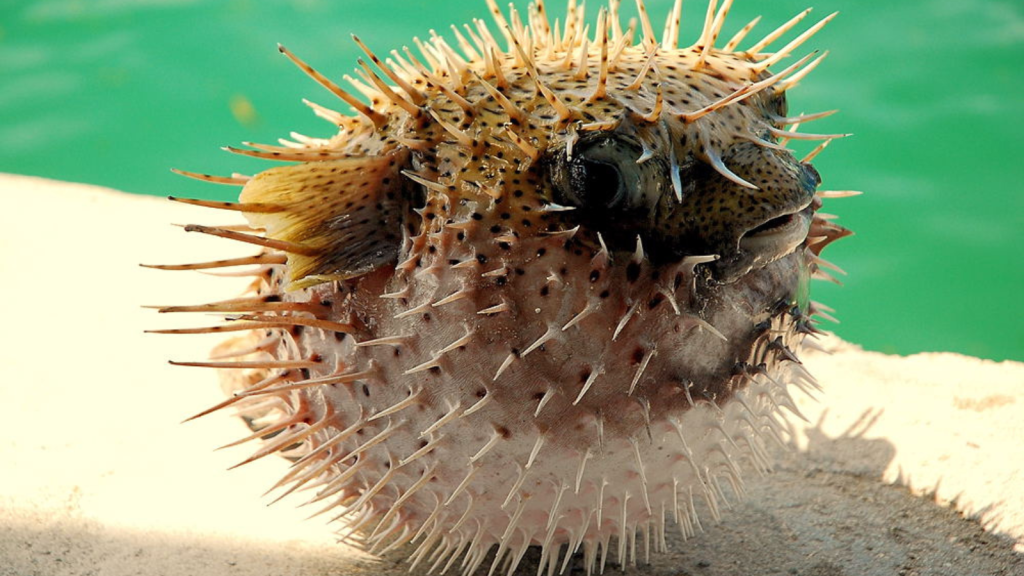
While famous for their ability to inflate, pufferfish are also highly toxic. Their skin and internal organs contain a potent neurotoxin that can be fatal if ingested. While not dangerous to touch, it’s best to admire these unique fish from a distance. They’re found in tropical and subtropical waters worldwide. In Japan, specially trained chefs prepare pufferfish as a delicacy called fugu, but it remains a risky dish.
Crown-of-Thorns Starfish
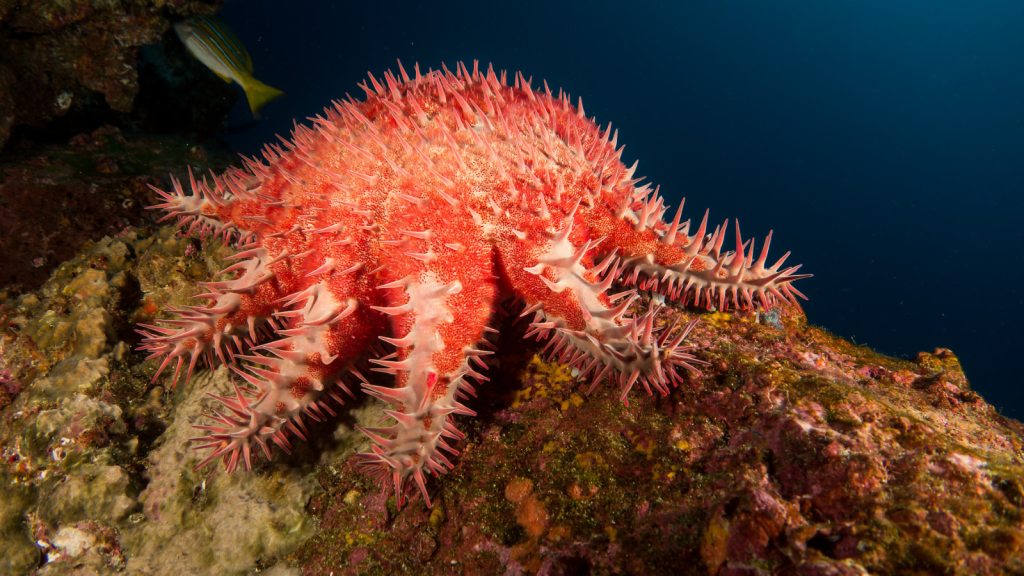
This large starfish is covered in long, venomous spines that can cause severe pain, nausea, and vomiting if touched. They’re found on coral reefs in the Indo-Pacific and can cause significant damage to reef ecosystems when their populations explode. A single crown-of-thorns starfish can consume up to 6 square metres of coral reef per year.
Becky is a fervent wildlife enthusiast and pet care expert with a diploma in canine nutrition. Her love for animals stretches beyond the domestic, embracing the wild tapestry of global fauna. With over a decade of experience in animal welfare, Becky lends her expertise to OutlandishOwl through insightful articles, captivating wildlife information, and invaluable guidance on pet nutrition. Her work embodies a deep commitment to understanding the intricate lives of animals and a passion for educating others on sustaining natural habitats. Becky's hands-on conservation efforts and her knack for translating complex dietary science into practical pet feeding tips make her an indispensable voice for creatures great and small.

